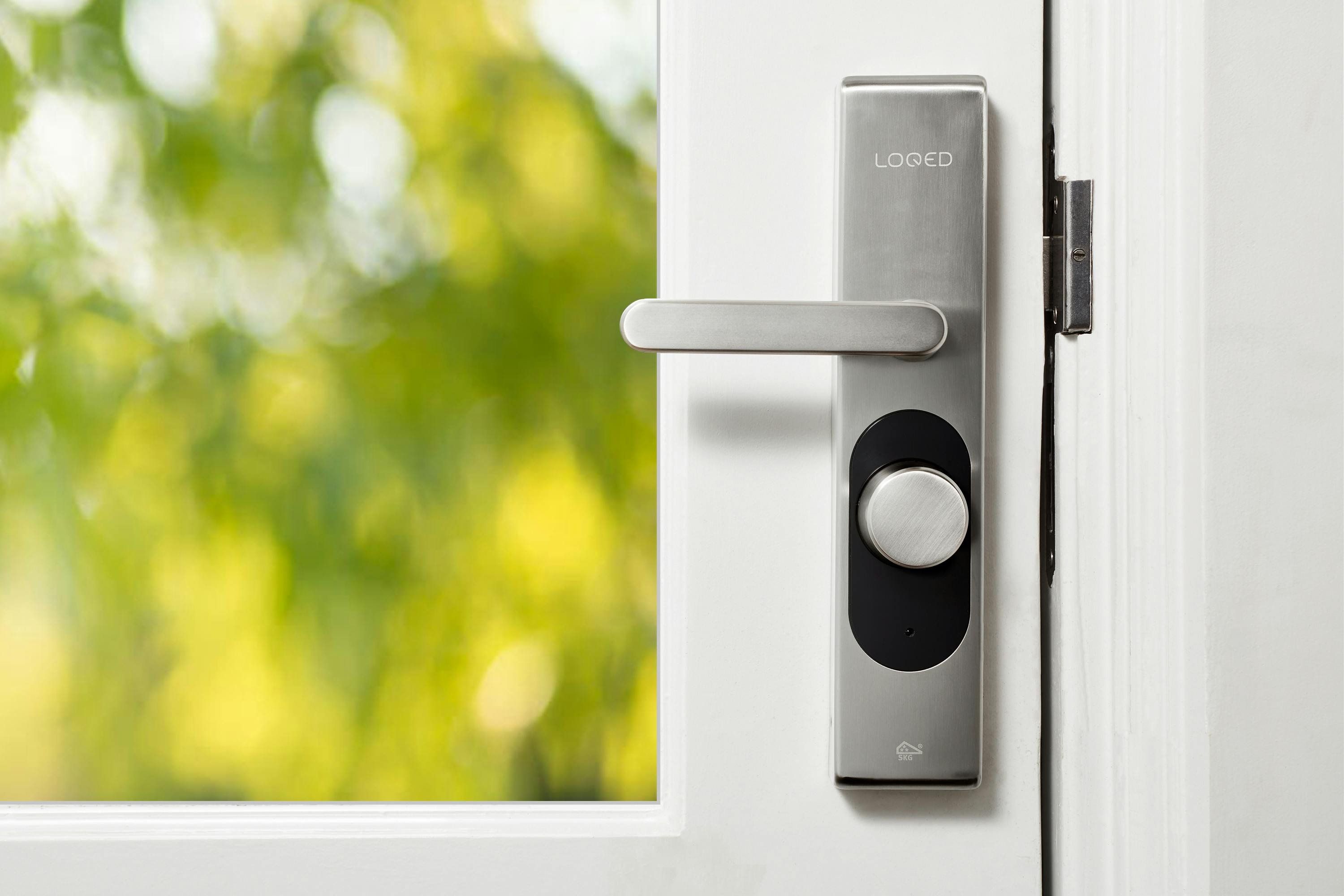6 Device Safety Features Every Smart Homeowner Should Know
Your smart home can do more than make life convenient. It can also help protect you and your loved ones.
Modern devices offer features to safeguard against accidents, intrusions, and emergencies. Many homeowners don’t explore all the safety tools at their fingertips, some of which are lifesavers, literally.
Knowing which features matter most is key to creating a safe space for everyone in your household. From leak sensors to fall detection systems, there’s plenty to consider. Here’s what every smart homeowner should know.
Smart Door Locks for Enhanced Entry Security
Traditional keys can be lost or copied, leaving your home vulnerable. Smart door locks add a layer of protection by allowing you to control access remotely through your phone.
Many models feature keypad entry or fingerprint scanners, making forgotten keys a non-issue. Some even provide temporary codes for guests or service providers.
It’s like having a digital doorman who ensures only the right people enter your home. For added security, check if the lock sends alerts for forced entries or repeated failed attempts to unlock it.
Smoke and Carbon Monoxide Detectors with Alerts
Standard detectors make noise, but smart ones take it further. These devices send real-time alerts to your phone, informing you even when away from home.
They simultaneously monitor for smoke and carbon monoxide, offering dual protection against fire or harmful gas leaks. Some integrate with voice assistants or home hubs to announce hazards throughout the house. Accidental carbon monoxide-related deaths top 400 annually, so it’s necessary to take such precautions to avoid becoming a statistic.
Look for models that connect directly to emergency services if you can’t respond immediately. A small investment keeps everyone safe in critical moments.
Fall Detection Systems for Elder Safety
Falls are a leading cause of injury, especially among older adults. Smart fall detection systems use sensors or wearable devices to alert caregivers or emergency contacts immediately after a fall.
These tools aren’t just for family members; they also protect guests. Legal responsibilities might come into play if someone is hurt on your property. Ensuring prompt action can reduce liability and protect all parties involved.
If an incident occurs, understanding your rights is crucial. You'll need to find a local expert. For instance, Missouri residents should seek out the best personal injury lawyer in St. Louis to help clarify next steps if you face claims from injured visitors to your home.
Leak Sensors to Prevent Costly Water Damage
Hidden leaks can wreak havoc before you even notice. Smart leak sensors detect moisture early, alerting you through your smartphone the moment an issue arises.
These small devices sit near water heaters, under sinks, or by washing machines, which are common spots for trouble. Some models shut off the water supply automatically when a leak is detected.
Catching problems early prevents expensive repairs and mold growth. With minimal setup required, they’re a practical addition to safeguard both your home and wallet.
Security Cameras Integrated with Emergency Response Services
Modern security cameras actively enhance safety. Many models integrate directly with emergency services, enabling faster response times during break-ins or suspicious activity.
These systems often include motion detection and real-time notifications sent straight to your device. Some offer two-way communication, letting you address visitors or deter intruders remotely.
Choose cameras carefully by asking the right questions and opting for modern models that store footage securely in the cloud for easy access when needed.
Customizable Parental Controls for Child-Friendly Living
Smart home devicesSmart home devices can help create a safer environment for kids. Parental controls allow you to monitor and limit access to certain features or areas of your home.
For instance, you can restrict smart TVs from displaying inappropriate content or set time limits on internet-connected devices. Some systems even prevent children from accidentally unlocking smart doors or altering security settings. Since 3.4 million kids get injured at home each year, it’s little steps like this that stand to make the biggest impact.
Most importantly, these tools ensure peace of mind while allowing for a level of independence within safe boundaries. Simple adjustments go a long way in creating a child-friendly, tech-enabled household.
Final Thoughts
As you can see, smart home technology is about convenience and creating a secure, protected environment. Understanding and utilizing these essential safety features means reducing risks and gaining peace of mind. You can explore your options today to make your home safe for everyone who shares it with you.
